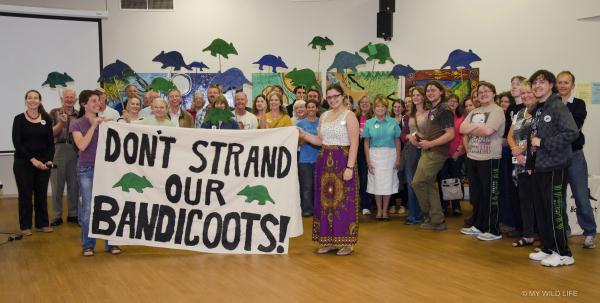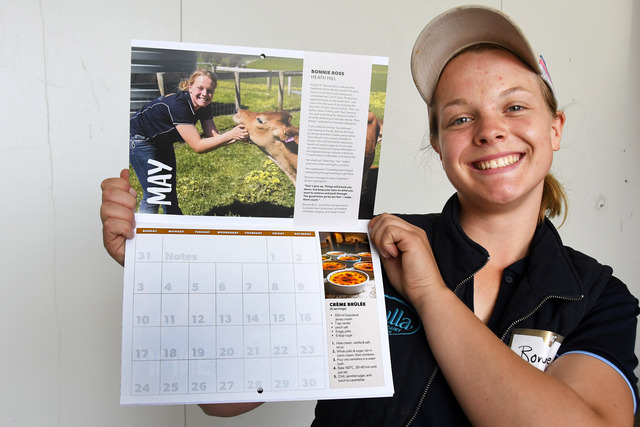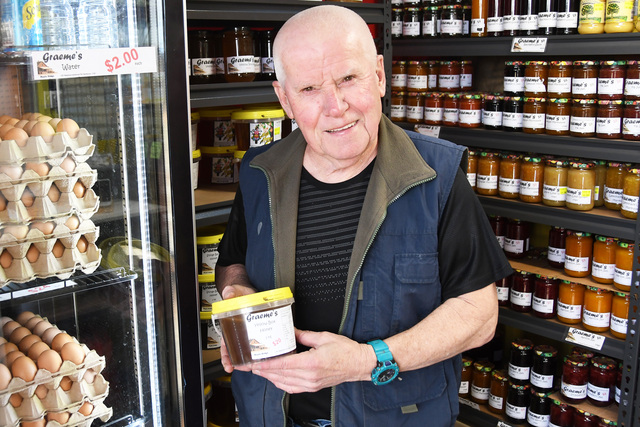By BRIDGET COOK
MORE than 70 people turned up in Cranbourne last week to express their fears for the future of the endangered southern brown bandicoot if a dedicated wildlife corridor in Casey is lost.
The State Government has revealed plans to drop two wildlife corridors, one being in the Cranbourne area, to make way for the urban sprawl.
The corridor, set out in the State Government’s strategy to protect the southern brown bandicoot in 2011, aimed to connect the species habitat in the Cranbourne Royal Botanic Gardens with other habitats in Kooweerup.
Without corridors, there are fears that connectivity between crucial bandicoot populations will be severed by a barrier of urban sprawl ‐ putting the species at serious risk.
On Thursday, more than 70 people turned up at the Balla Balla Community Centre to express their concerns over the possible removal of the corridors and to urge Federal Environment Minister and Flinders MP Greg Hunt to not sign off on the revised strategy.
Yasmin Kelsall, from the Victorian National Parks Association, said the plans for the two large corridors had been replaced with a new plan focusing largely on fox control and other vague measures that could occur as far away as Bunyip or Grantville.
“This is a plan about nothing,” she said.
“It has no credible actions for saving the bandicoot or for Minister Hunt to sign off on.”
Southern Brown Bandicoot Regional Recovery Group founder David Nicholls said habitat connectivity was the key ingredient for keeping bandicoot populations healthy.
“Although fox control is very important, it is not as essential as hard‐wired habitat connectivity such as wildlife corridors,” he said.
Sarah Maclagan a PhD candidate with Deakin University has conducted some new research on bandicoots.
“My research shows that bandicoots can live and breed successfully within narrow corridors of vegetation, even when they’re next to residential areas,” Ms Maclagan said.
“I’m convinced it would be possible to accommodate them within the urban area, as long as we provide for their basic needs.”
A petition has been started to urge Mr Hunt to not sign off on the strategy. To sign it, visit http://chn.ge/1mhaxB8.







